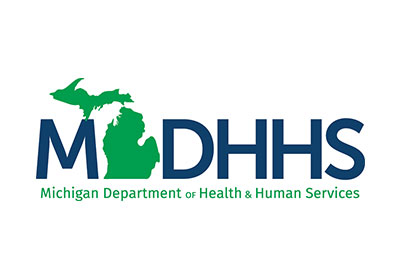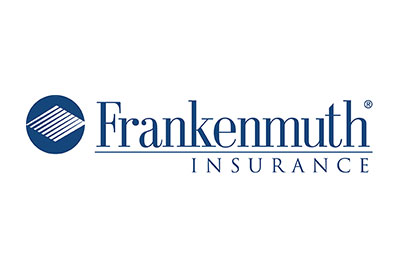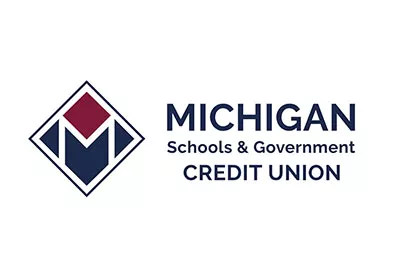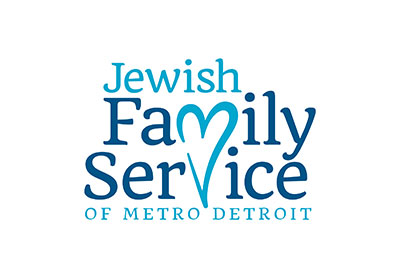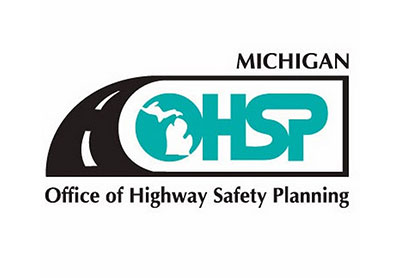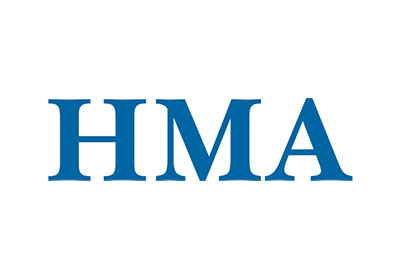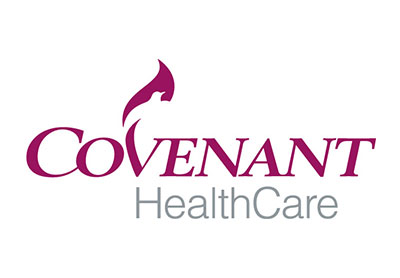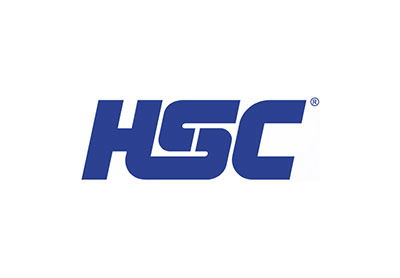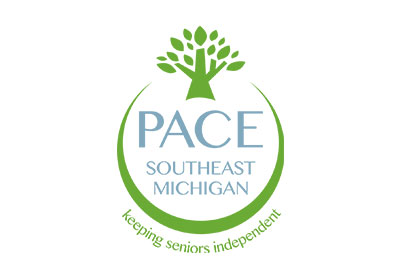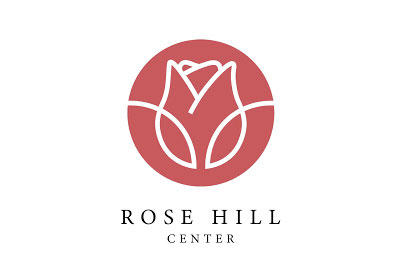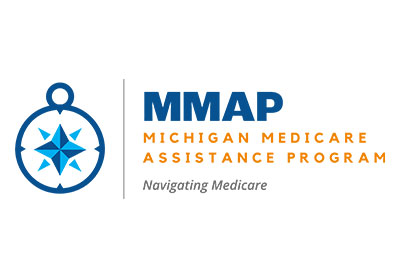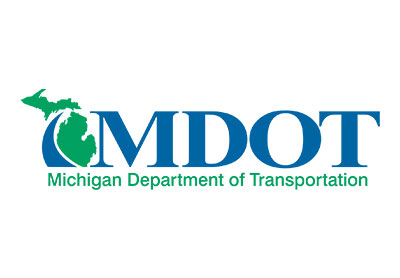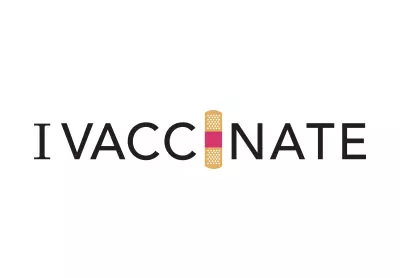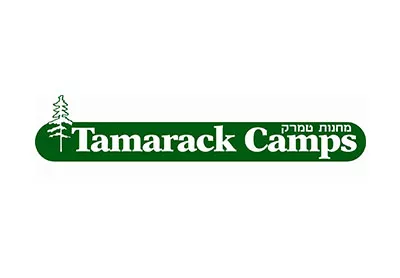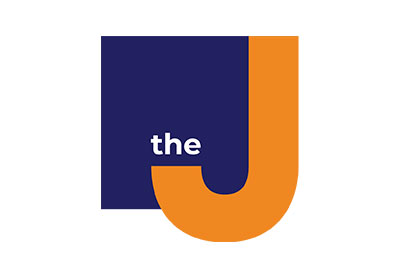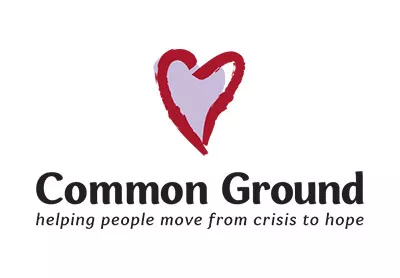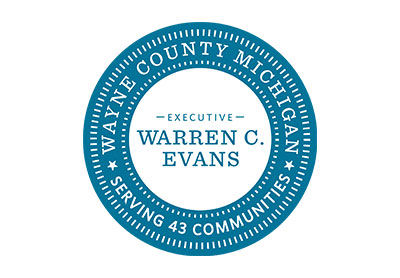
Impatient
Retailers have long been held to Amazon-like digital service standards. Today consumers are looking to healthcare to step up online services, according to a Boston Digital survey. 41% of US patients said they’d ditch a doctor over unsatisfactory digital experiences in a pre-pandemic 2019 survey (Cedar). Given the surge in telehealth visits prompted by the pandemic, it’s likely far more patients would say the digital experience is a major driver of their satisfaction with a provider now.
+ Map the consumer journey from consideration to treatment, starting with check in. Ditch the paper stack pinned to a clipboard process for digital. Ping patients prior to their visit to complete the check in process in advance, saving time and creating a scannable digital file. About half of patients say that a short wait time is an important factor they consider when choosing a doctor, (2018 HealthTap survey). Nonclinical aspects of a visit like filling out medical history forms can drag out visits, and software startups are stepping in to help digitize these tasks or enable them virtually to save time. LifeLink, for example, works with hospitals to facilitate online patient check-ins, saving patients time in waiting rooms.
+ Make it easy for patients to view and pay bills online and touchless in office. The billing process is typically the first and last touchpoint a patient has with a provider, and a negative experience could directly impact a healthcare firm’s bottom line if it leaves patients seeking care elsewhere. 63% of US adults are “somewhat” or “very interested” in using mobile payments like Apple Pay or Google Pay in a healthcare setting (2020 Instamed report).
+ Making websites easier to navigate can also help practices convert prospects to patients. 42% of patients say that a practice’s website contributes to their doctor selection decisions, per a 2020 PatientPop survey. So, healthcare providers that make information easy to find on their websites could see higher patient volume.
Paid Off
By 2024, most US households will have cut the cord and cancelled their pay TV subscriptions (eMarketer). The pandemic created a perfect storm to accelerate cord-cutting: Consumers tightened their wallets, live sporting events were canceled or postponed, and pay TV providers cut back on promotional pricing to sustain profitability. eMarketer predicts the number of US pay TV households to decline by 7.5% to 77.6 million this year.
+ Meanwhile, non-pay-TV households, which include cord-cutters and cord-nevers, will increase from 44.6 million in 2019 to 51.7 million this year. This trend will continue throughout our forecast period; by 2024, cord-cutters and cord-nevers will outnumber pay TV subscribers.
Informational Packet
In 2006, active landmines were still a threat in 89 countries. That means civilians worldwide faced harm from an invisible threat even after conflict ended and combat passed. With landmines present, walking to work could be dangerous. Taking a stroll could turn deadly.
+ The Campaign Against Landmines (CALM), New Zealand worked with Publicis Mojo to bring attention to this atrocity and raise funds to remove mines. They pulled off a wildly creative guerrilla campaign using a fast food staple. Check out the latest installment of Brogan’s Guerilla Marketing Series for more.


